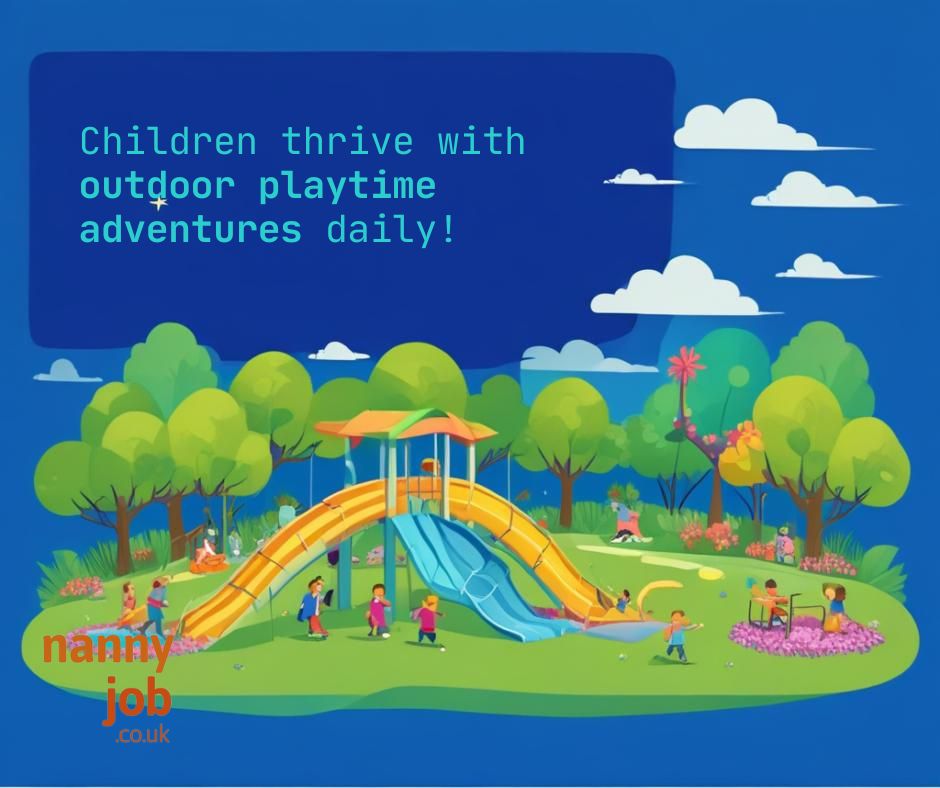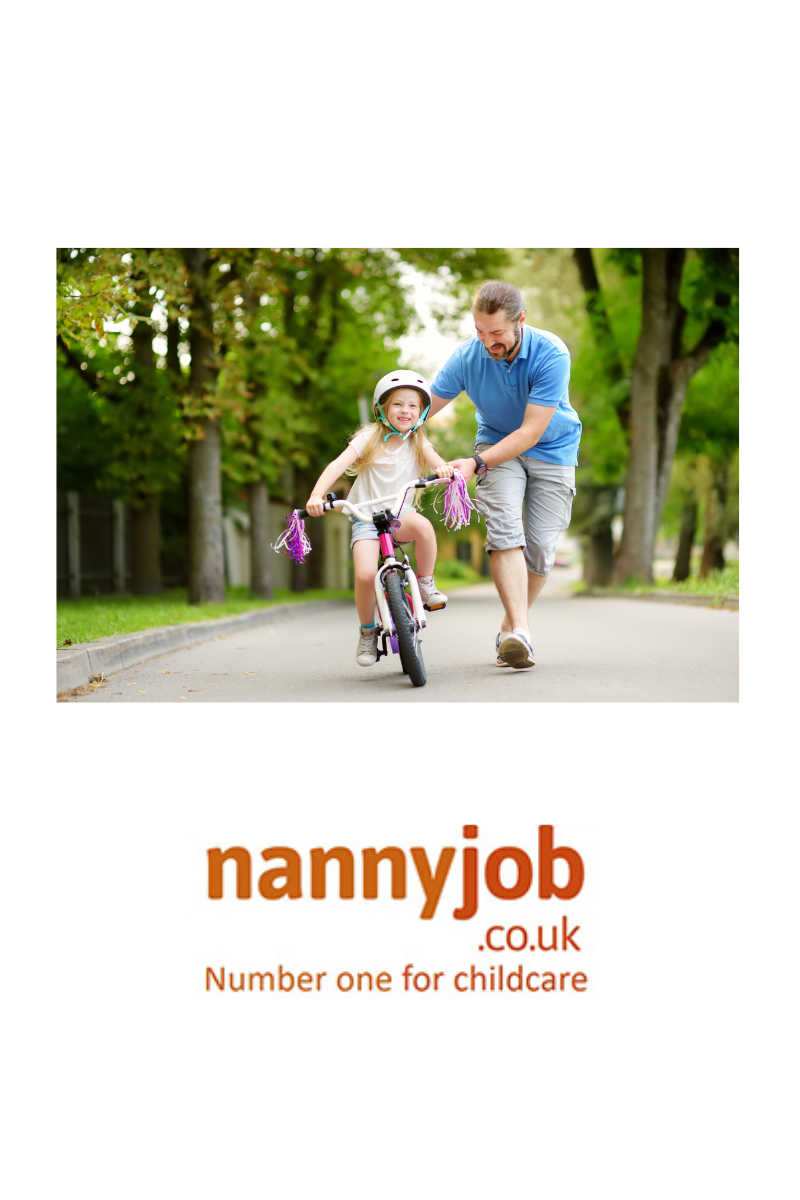Introduction
As the days get shorter and temperatures begin to drop, it’s time to start preparing for the winter months. Winter brings a new set of considerations for families, from keeping children warm and comfortable to ensuring safety during outdoor activities. With a little planning, you can enjoy all that winter has to offer while keeping your family safe and cosy. Here are some essential winter safety tips for parents, nannies, and caregivers.
1. Dress in Layers to Stay Warm
Dressing in layers is the best way to keep children warm and comfortable in colder weather. Layers help to trap heat while allowing for flexibility, so kids can adjust to indoor and outdoor temperatures without getting too hot or too cold.
- Base Layer: Start with a moisture-wicking base layer to keep skin dry, as damp skin can make children feel colder.
- Insulating Layer: Add a warm, insulating layer like a fleece or wool jumper to retain body heat.
- Outer Layer: Finish with a waterproof and windproof jacket to protect from wind, rain, or snow.
Caregiver Tip: Don’t forget hats, scarves, gloves, and thick socks! A large portion of body heat is lost through the head and hands, so covering them up is essential.
2. Prioritise Footwear Safety
Slippery surfaces are common in winter due to ice and snow, so make sure children have proper footwear to keep them steady and safe.
- Choose Sturdy, Non-Slip Boots: Look for boots with rubber soles and good traction to prevent slipping on icy or wet surfaces.
- Waterproof Footwear: Waterproof boots help keep feet dry, which is essential for staying warm. Wet feet can quickly lead to discomfort and even frostbite in extreme cold.
- Add Thick Socks: Wool or thermal socks provide insulation and help keep feet warm, even if they get a bit damp.
Caregiver Tip: Make sure shoes are properly fitted—too tight and they can reduce circulation, too loose and they won’t provide enough support.
3. Stay Visible in Low Light
Winter days are shorter, and reduced daylight can make it harder for drivers and others to see children walking or playing outside. Visibility is crucial, especially near roads or in busy areas.
- Wear Bright or Reflective Clothing: Choose coats and accessories in bright colors, and consider adding reflective tape to backpacks or jackets.
- Use Flashlights or Reflective Accessories: For walks in the early evening, carry a flashlight or use clip-on reflectors that can attach to clothing or backpacks.
- Choose Reflective Winter Gear: Some winter coats, gloves, and hats come with built-in reflective materials for increased visibility.
Caregiver Tip: Make visibility a fun part of dressing for winter! Kids may enjoy picking out colorful or reflective accessories like hats, gloves, or even a fun flashlight.
4. Be Prepared for Outdoor Play
Winter is a magical time for outdoor play, with activities like sledging and building snowmen. However, cold temperatures and slippery conditions require extra precautions.
- Limit Exposure Time: Set time limits for outdoor play and have children take regular breaks indoors to warm up.
- Watch for Frostbite and Hypothermia: Keep an eye out for early signs of frostbite (pale or numb skin) and hypothermia (shivering, drowsiness, confusion). Bring children indoors if they start showing any signs of discomfort or cold-related symptoms.
- Wear Sun Protection: Snow can reflect UV rays, so apply sunscreen to exposed skin and consider sunglasses for eye protection on sunny days.
Caregiver Tip: Hot chocolate and warm blankets can make for a perfect “warm-up break” between outdoor play sessions!
5. Safe Walking and Play Practices
Winter surfaces can be hazardous, especially if there’s ice or slushy snow. Remind children of these basic safety practices when walking or playing outside.
- Walk, Don’t Run: Encourage children to walk carefully on icy paths and to take shorter steps to reduce the risk of slipping.
- Avoid Dangerous Areas: Teach children to avoid walking or playing near roads where there may be snow piles or ice that could be slippery. Stick to well-maintained paths.
- Stay Off Frozen Ponds or Lakes: Frozen water can be extremely dangerous. Emphasize that walking on frozen ponds or lakes is unsafe, even if they appear solid.
Caregiver Tip: Before going outside, scout out a safe play area where children can enjoy the snow without the risk of dangerous terrain.
6. Practice Winter Car Safety
If you’re transporting children in the car, winter weather can add additional safety considerations. Preparing your car for winter and practicing winter driving habits can make a big difference.
- Remove Bulky Coats for Car Seats: Heavy coats can make car seat harnesses less effective. Buckle children in without their coats, and place the coat over them for warmth once they’re secured.
- Winter Emergency Kit: Keep an emergency kit in your car that includes blankets, extra gloves, snacks, water, a flashlight, and first aid supplies in case of delays or breakdowns.
- Check Tires and Battery: Make sure your car’s tires are in good condition and have adequate tread for icy roads, and have your battery checked to avoid cold-weather issues.
Caregiver Tip: Encourage children to practice patience in winter traffic or delays. Bring a favorite toy or book to help keep them entertained on the road.
7. Keep Hydrated and Maintain a Healthy Diet
Staying hydrated and eating well are just as important in winter as in warmer months, as they help maintain body warmth and energy.
- Encourage Water Intake: Cold weather can make children feel less thirsty, but dehydration is still a risk. Encourage regular water intake, even if they don’t feel thirsty.
- Healthy Snacks for Energy: Give children nutritious snacks, like fruits, nuts, and whole grains, to keep their energy up for winter activities.
- Include Warm Foods: Warm foods like soups, stews, and hot drinks can provide comfort and help maintain body temperature in cold weather.
Caregiver Tip: Make drinking water fun by giving children a fun, insulated water bottle to take on winter outings. You can also make warm, healthy drinks like fruit-infused teas.
8. Create a Cosy Indoor Environment
Winter also means more time indoors, so it’s important to make the indoor environment safe and comfortable.
- Use Humidifiers for Dry Air: Winter air can be dry, which may lead to sore throats or dry skin. A humidifier can help maintain moisture levels in the home.
- Check for Carbon Monoxide Safety: With more heating devices in use, make sure your carbon monoxide detectors are functioning properly to ensure safety.
- Create a Warm Space for Play: Keep a designated area in the house for cozy indoor play. Stock it with blankets, books, and toys for fun and warmth on cold days.
Caregiver Tip: Make indoor time special with cosy activities like reading, crafts, and indoor games. These moments can be just as memorable as outdoor adventures.
Conclusion
Winter can be a wonderful season filled with exciting activities, but it requires extra precautions to ensure everyone’s safety and comfort. By preparing for the colder weather and keeping these winter safety tips in mind, parents, nannies, and caregivers can create a safe, warm, and enjoyable experience for children. So, layer up, stay visible, and make the most of winter’s beauty while keeping your family safe and cosy.





























